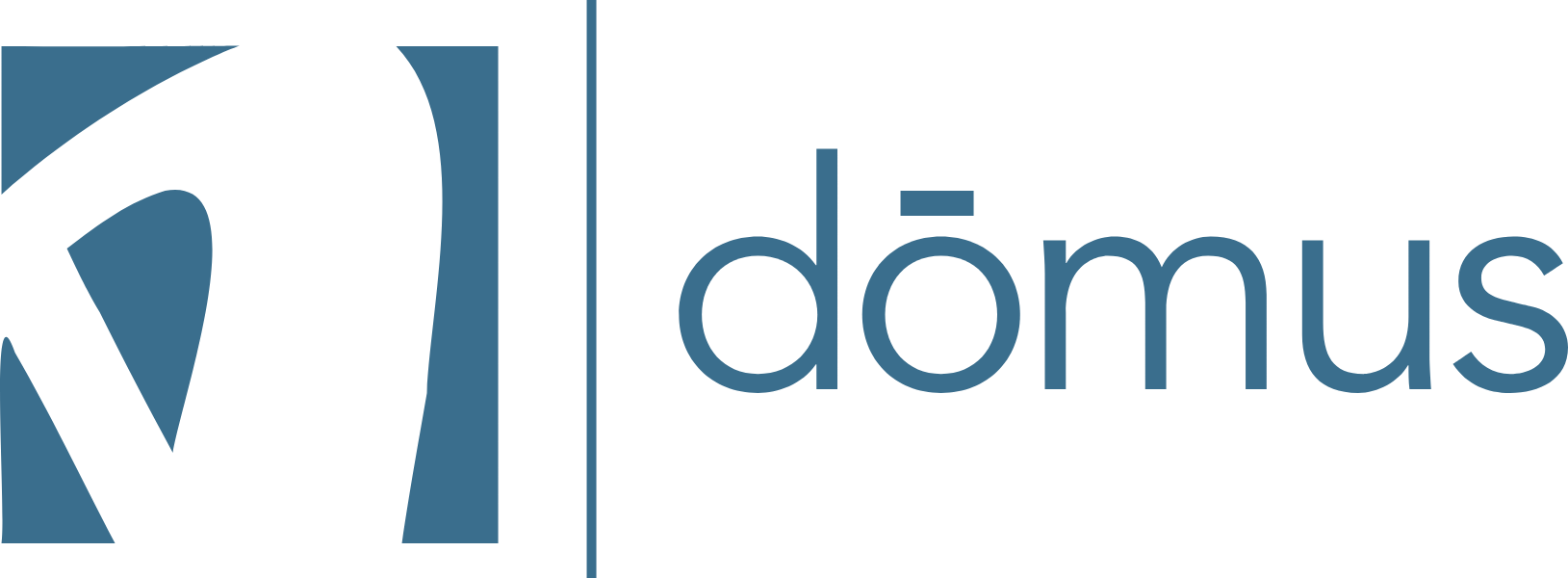Google’s unending efforts in Social Media – Will Google+ work?
July 7, 2011Did You Delight Your Client Today?
July 19, 2011Measuring Public Relations has never been simple. It’s difficult to tie it directly to sales; unless glaringly obvious it’s tough to determine a hard and fast public opinion of your company; and without a consistent measurement tool or equation your public relations ROI can differ depending on who you ask.
For example, in public relations we measure a total number of impressions by multiplying a publication’s circulation number (which in itself can be unreliable) by a specified number. This is known as the “pass along rate.” I stick with the number 2. Meaning, for every person that subscribes to the publication, there’s one additional person reading it. Some folks are not as conservative and will use a pass along rate of 2.5 or 3. By using “2” I may err on the conservative side but at least I’m not making any false promises. The pass along rate is justified for many reasons; dentist and doctor’s offices often have magazines in the lobby so several people are reading them, there’s usually more than one person in a household reading a magazine that’s delivered there, and in other cases people will share magazines or interesting articles with friends and colleagues. Regardless of the ways to justify it – there’s no exact science to it.
You may be wondering what the point of even doing PR is if you can’t guarantee that it’s going to be seen, but that answer is extremely cut and dry: the people you WANT to see it are seeing it. PR pros target a reporter or publication that speaks to the audience that their client is trying to reach. While the 2,000,000+ people who read the Wall Street Journal may not see your company mentioned in an article; the ones who are interested in your services or business generally will. Are you interested in business? Then you’re reading the business section. Looking for a hot new restaurant? I’ll bet you’re checking out local restaurant reviews. Your PR person knows who to pitch to get you in front of your audience. Are you a food manufacturer? Then your PR pro is contacting the Food & Wine reporter, the Manufacturing reporter, the Lifestyle reporter and – if you’re whipping up something healthy or wholesome – the Health reporter. In each of these places, your pro is developing a pitch and working an angle to get you in print where your target audience will see it.
Measuring PR is a numbers game, but PR is not a numbers profession, which makes it tough. Talk to an engineer and he’ll give you solid, unfailing facts. Talk to a PR pro and you’ll get a laundry list of pitches, reporters and outreach, but no metrics. This has been a hurdle that agencies have had to overcome for years.
In some respects measuring social media is slightly easier. It’s fairly easy to calculate and compare your followers on Twitter and Facebook month over month. If only that were enough. Social media is all about ENGAGEMENT. It’s not enough that you have followers and fans, you need them to be legitimately aware of your brand and services. You then want them to visit your website or social media page often, believe in your brand, recommend it to their social network, and ultimately buy your products and encourage others to do the same. Sounds easy right? Not at all. However, you can measure engagement fairly simply. Measuring engagement is explained well in a blog by the Social Media Examiner. Basically you need to count every click, comment, retweet, use of your hashtag, YouTube video view and rating, etc. Ok, so it might take you all day, but it’s easy enough to do.
Now for the hard part. While you can tell that someone is engaging by simply counting all of the above, it’s difficult to tell at a glance whether what’s being said about your company is positive, neutral, or negative. This is called influence or Sentiment Analysis and it’s extremely subjective. Domus Dish touched on this awhile back and very little has changed since that blog post was written. (Be sure to check out the Pepsi diagram…who knew people posted about soft drinks so much?) Analytic tools have been developed to monitor influence but since computers can’t perceive emotion or sarcasm it’s difficult to get fully accurate statistics on a company’s social media influence. To get it right an actual person has to review the computer report and change the positive, neutral, or negative classifications as necessary. It’s a lot of work, which is why many companies opt not to do it.
While measurement can be tricky and in some cases, hard to define, it’s really all about deciding what you want. For most companies brand awareness is the goal, but achieving it takes some legwork and expert guidance. Do you want thousands of Facebook followers who “like” each and every status update? Or do you want to build a community that believes in your brand, actively engages with you and recommends your company to their network? I’m guessing the latter. Use the community to your advantage and listen to what your social network is looking for. Pose questions. Treat them like a sounding board. Cherish their feedback. Once they know you’re listening to them, they’ll listen to you.



